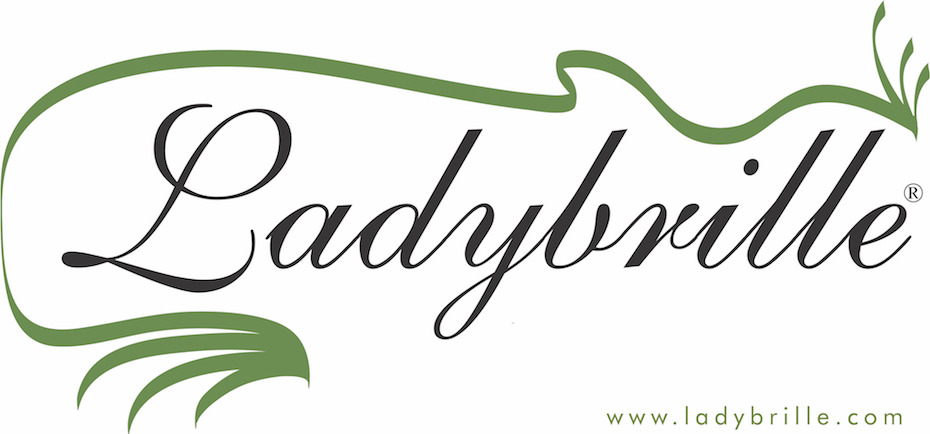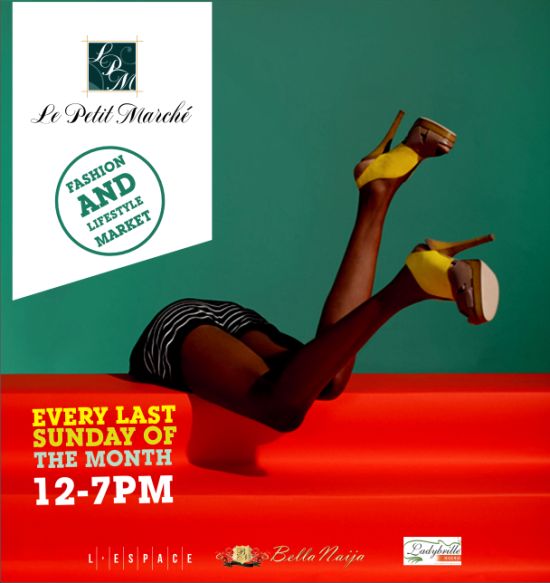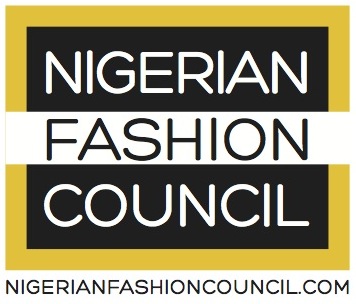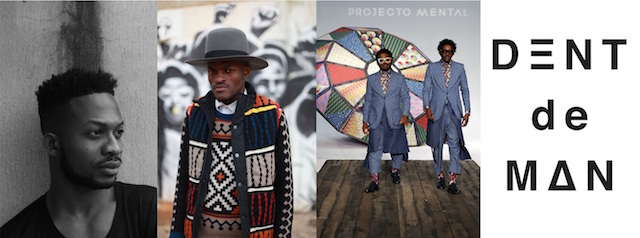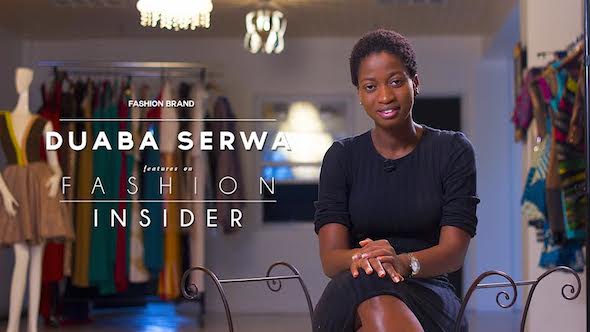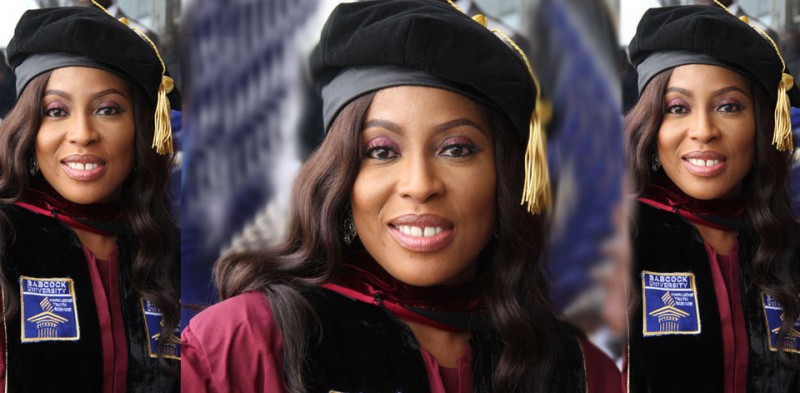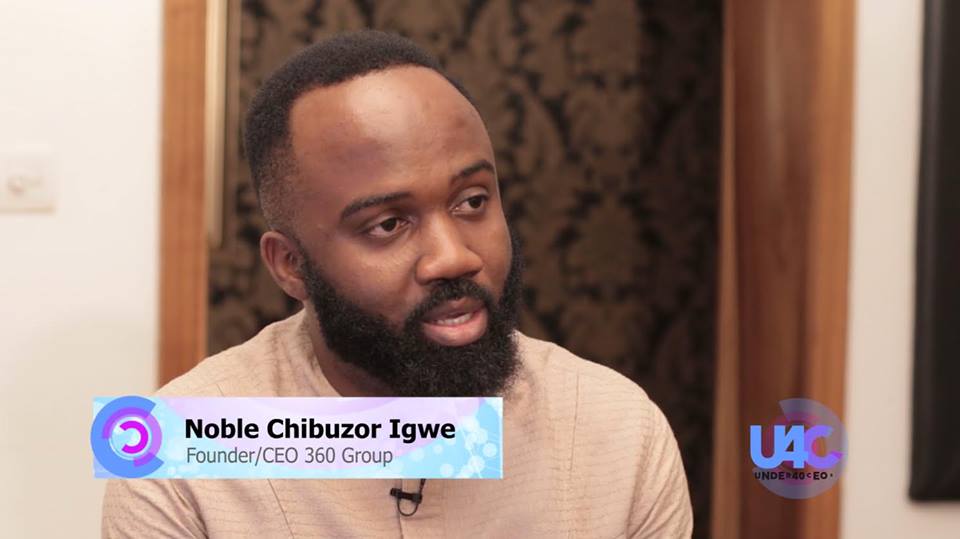LADYBRILLE – Sponsorship is the fastest growing form of marketing in the world, especially among emerging designers, small and medium sized fashion retail companies. This shows there are unlimited opportunities for the African designer to consider potential sponsors as a means of expanding brand reach and visibility. Unlike a period when only large businesses could afford and considered sponsorship, leading to oversaturation, the use of sponsorship is no longer limited to these large brands; and allows you to offer more exciting programs to your ever dynamic customers. This, needles to say, helps defray the ever increasing cost of business operations.
Successful fashion marketing, however, depends on understanding your consumers’ desires, responding with appropriate products, keeping up with the ever changing digital world and fashion business in general, and investing both time and money to see your marketing strategy come to fruition. In order for a designer to keep up with production, marketing and distribution cost, while being open to growth, partnership and a new way of communicating with the target market, there is a need to consider strategic sponsorship to help boost both short term and long term sales and profits.
What is Sponsorship?
Let’s start by looking at what sponsorship is not. It is not advertising. According to the Independent Evaluation Group (IEG) in its “Complete Guide to Sponsorship,” handbook, “sponsorship should not be confused with Advertising. While Advertising is considered as a quantitative medium, sponsorship is considered as a qualitative medium. It promotes a company in association with the sponsee.”
Accordingly, a sponsorship is a strategic alliance between a company and event organizers –in this case fashion designer-to reach specified business goals. It’s all about offsetting costs, reaching out to brands and creating mutually beneficial relationships. In the business world, sponsors are companies that pay money in the form to support a program, brand or event, and in exchange, get public recognition. Below are some recommended processes of how to win potential sponsors.
1. Target the Right Businesses
Regardless of the fashion events event you are planning, whether fashion shows, store openings, exhibition in a departmental stores or trunk shows, there are several businesses that will benefit from being a part of it. They must however be chosen selectively, distinctly and well ahead of time.
In other to find these right businesses, a thorough analysis of the event’s target audience should be carried out. Who are they, age, gender, where do they live, what interests them, and what do they do for a living? In summary bring the total demography and psychography into the picture. This information will make it easier to identify the potential sponsors who will definitely be interested in your audience. Once you’ve crossed the hurdle of identifying a number of potential sponsors, the next step is to create a sponsorship package that will convince the company that your brand or events is worth the investments.
2. Create a Sponsorship Proposal/ Package
The proposal should essentially show the potential sponsor why your event is a good fit and beneficial. There is a need to write an executive summary and this should be around two to three hundred words (200-300) with accurate description of the event; number of expected audience, demographics, media coverage plans, sponsors obligations and benefit(s).
Also include a fact sheet about your company; case studies, media impressions, program overviews, design concepts for the event and buy-in cost. The purpose of the proposal is to highlight your past success with the same, or similar, events to attract sponsorship. It is important to be specific on sponsorship options or categories, although the industry standard is a three-tiered structure for buy-in packages, you can give any titles to those tiers, but for the purpose of this study, let’s say a Platinum, Gold and Silver tier; with Platinum offering the most exposure and Silver the least.
At the lowest level, you could offer a link on the event’s website for the brand and logo-brand inclusion on the invite. For a Gold sponsor, you would offer the same and could add something like logo brand inclusion on site, gift bag inclusion and a space at the events. For the Platinum sponsor, you could offer the exact same things as the lower-tiered sponsors, plus a larger representation in the event location and a presenting-partner title on all items that makes publication.
The standard inclusions are branding inside the event, press wall branding, gift bag inclusion, logos on invites, any marketing collateral (sales aids) up to, and/or during, an event, and actual on-site real estate so [the sponsor] has its own designated area at the event. Sometimes, we offer tickets or a certain number of invites. As you’re putting the packages together, keep thinking of brand exposure for your possible sponsors.
3. Follow up on your Proposal
Now that you have crossed the hurdle of writing and submitting your proposals, remember your request is likely to fall off the radar during busy schedule, so be sure to follow-up. First, find, and contact the correct contact at the company, preferably in integrated marketing or Public Relations department of the potential sponsors company. If you are sending e-mail to someone you have never met, make sure to introduce yourself and include a company bio. After the intro, you can go into the program that you’re contacting them about. Never write something like, “Hello, Please find attached the sponsorship package.
4. Post Event Action
Business with your sponsors isn’t finished yet after the event until you seal the deal with a proper thank you and follow up with a post-event package, which can include media coverage, attendance, and any facts that will excite the sponsor and hopefully retain them for future programs. For example mention the celebrity who interacted with their products, or the number of people who walked through their space and checked in at the social media kiosk, the move will reassure sponsors that their investment was a smart one.
By the way, be aware of the basic types of sponsorship types before you even approach a sponsor.
A title sponsor is a patron of an event that provides money, goods, or services in exchange for the exclusive right to have the patron’s name appear prominently before the title of the event. The patron is usually a corporation or other type of business but can also be a famous person, country, public agency, or any other entity that has the ability to contract for sponsorship rights. Title sponsorship is typically the most prestigious class of sponsorship offered by event organizers and requires the most significant investment in the event.
A general sponsor is a sponsor that makes one of the largest contributions (in absence of a title sponsor – usually more than 50% of all sponsorship funds raised) and that receives for it the right to use the image of competition as well as extensive media coverage. If necessary, the status of the general sponsor may be supplemented by the general sponsors for certain categories, as well as the main sponsor.
An official sponsor is a sponsor that makes a certain part of raised funds (within 20-25%). Typically, the given status may be granted by category (“official media partner”, official bank partner etc.) while participating sponsor pays the fee size which usually does not exceed 10% of total raised funds.
A media sponsor finances or secures media coverage for your fashion event. For example, a media sponsor uses both the social and traditional media to publicise the events. Ladybrille has over the years been a media sponsor to many fashion events both on the continent, the UK and the USA. The advantage of this type of sponsorship is that a sponsor may simultaneously promote her own company by tagging ads with her business logo and verbiage such as, “brought to you by” or “sponsored by” the name of the company.
5. Sustaining Your Brand Awareness
You’ve secured the sponsorship, the event has come and gone. Now what?
Shoppers spend more time online than ever before, with mobile adding a particular boost. You should be tuned into this to continue sustaining your brand’s visibility and attracting even more quality sponsors.
Hw do you do that? Social media. Social media is the most effective and fastest medium of brand promotion and most successful fashion retailers online, are the ones who have kept content as the focal point of their online businesses. Create content in the form of stories, product descriptions, fashion shoots, style guides; making use of all the social media particularly Instagram and Pinterest.
Facebook is one of the best social media tools to target the right audience and also a perfect tool to create interaction with clients or potential clients. Some points that you need to follow on Facebook are; post pictures with your products, create contests for your subscribers, engage them in conversations, create special offers only for the subscribers on Facebook, create events and invite the subscribers.
Also with so many new online platforms and technologies available to brands, it’s pretty hard to know where to focus and as it stands today, it is usually in a fashion brand’s favour to focus on highly visual social media platforms, such as Instagram and Pinterest, where they can demonstrate the beauty and design of their products.
Instagram, which has really caught on in the fashion industry, is an excellent platform for small brands, as it is highly visual and enables you to demonstrate the essence of your brand, even though it’s a hard place to drive sales.
Regardless the social media platform(s) you decide to use choose carefully and ensure the resources to keep your accounts active and engage your followers. Somebody on your team must be dedicated to posting regularly, monitoring reactions and responding in a timely fashion.
Finally, other social and new media you can’t afford to do without are Pinterest, Instagram, Linked in, twitter, You Tube, blogs. Of course do not forget traditional media offline i.e. television, radio, print newspaper.
Words by Omolade Oshinubi
Founded in 2007, Ladybrille® Magazine is a California based pioneer digital publication demystifying the image of Africans in the west through contemporary African fashion and celebrating the brilliant woman in business and leadership, with an emphasis on the African woman in the diaspora. Our coverage includes stories on capital, access to markets, expertise, hiring and retention, sales, marketing, and promotions.
